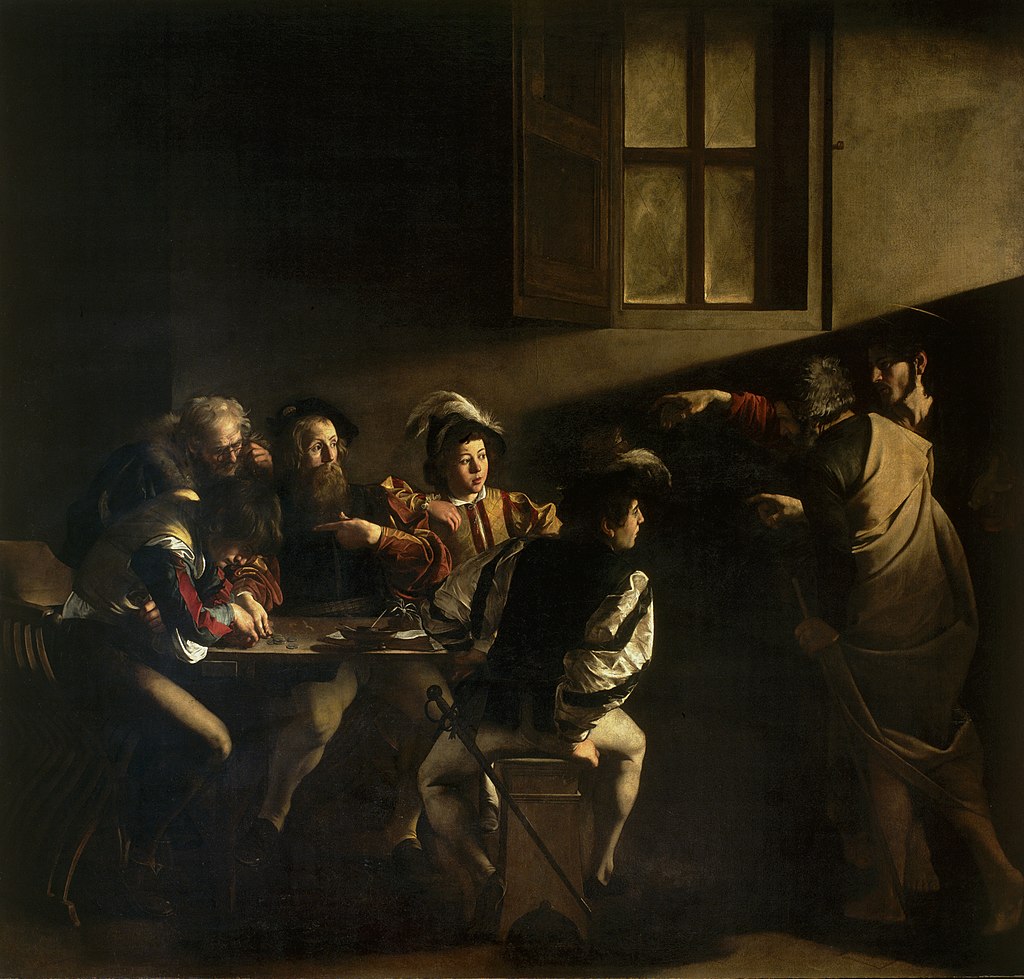In December 2022, the Diocesan Young Catholics team ran a five-day leadership training programme for Year 12 students across the Diocese called ‘Young Catholic Leader.’ This programme, modeled off the Marist Youth Leader Programme, has been running now for a number of years in Palmerston North.
As part of the programme, participants spent day four engaging with four workshops focused on each of four elements as outlined in Te Whare Tapa Whā, the Māori health model for holistic wellbeing. This article is an adaption of the Spiritual Wellbeing workshop, focused on a broader look at this part of our wellbeing.
Te Whare Tapa Whā is a model designed by Māori health advocate Sir Mason Durie in 1984. The model describes health and wellbeing as a wharenui/meeting house with four walls. These walls represent taha wairua | spiritual wellbeing, taha hinengaro | mental and emotional wellbeing, taha tinana | physical wellbeing and taha whānau | family and social wellbeing. Our connection with the whenua/land forms the foundation.
What is Taha Wairua | Spiritual Wellbeing?
Our spiritual wellbeing refers to the spiritual essence of a person. This essence determines who we are as individuals and as a collective: who and what we are, where we have come from, and where we are going.
Why is it important?
Our spiritual wellbeing can be expressed through our beliefs, values, traditions and practices that support self-awareness and identity. It’s important because when we feel comfortable with these things, it helps us feel secure about who we are and what we stand for.
When we invest in our spiritual wellbeing, it provides us with a sense of meaning and purpose, as well as enabling us to feel connected to ourselves, our whanau, community, nature and the Sacred. When we experience this, we find it easier to cope with challenges, build stronger relationship and discover things that bring us joy.
As Catholics, there are various beliefs, values, traditions and practices that we live by because of our faith and this becomes a significant part of our spiritual wellbeing.
However, the overall concept of spiritual wellbeing is broad and open. Investing in this part of ones wellbeing might be about:
- taking notice and appreciating the beauty around us.
- rediscovering things that make us feel awe, hope, strength, unity and connection.
- your relationship with the environment, other people or your whakapapa.
Seeing is believing?
You’re probably familiar with the phrase, “I’ll believe it when I see it.” This phrase illustrates the somewhat cynical mindset that many of us find ourselves adopting and living our lives based upon. The thing is, seeing is not always believing. In fact, what we believe actually changes what we see. Sometimes there is something real and it exists right in front of you. Sometimes you have to believe something before you can see it.
This is true too for our spiritual wellbeing, if we choose to believe it is important, it will change what we see around us.
In a Christian context, when we consider faith to be our believing, Scripture talks about how believing is seeing. If we have faith in God, if we believe in the message and truth of the Gospel, then we begin to see the divine everywhere.
“Now faith is the assurance of things hoped for, the conviction of things not seen.” Hebrews 11:1
“Because we look not at what can be seen but at what cannot be seen; for what can be seen is temporary, but what cannot be seen is eternal.” 2 Corinthians 4:18
“For in hope we were saved. Now hope that is seen is not hope. For who hopes for what is seen?” Romans 8:24
“For we walk by faith, not by sight.” 2 Corinthians 5:7

This is a famous painting by artist Caravaggio that depicts the moment when Christ inspires St. Matthew to follow him. It was completed in 1600 and is displayed in Rome. The story it depicts, and how it does so, is significant for us. Matthew’s calling from Jesus was unexpected and certainly undeserved. In the painting Matthew reflects his knowledge of this, pointing to himself in confusion.
Caravaggio has also painted it in the style of his own era, signaling that this story isn’t just a moment for Jesus’ time or Matthew’s life. Instead, it illustrates that there is something here applicable to us all. What is also particularly interesting is the character who is sitting at the table with Matthew but is busy counting his coins. He misses what is going on around him entirely.
What happens when distractions in our lives cause us to miss out on where we might be being called?
What happens if we don’t pay attention to the moments of wonder in the world around us?
What happens if we neglect the spiritual side of our wellbeing?
… it is highly possible that we could miss out on moments that call us deeper and to something new.